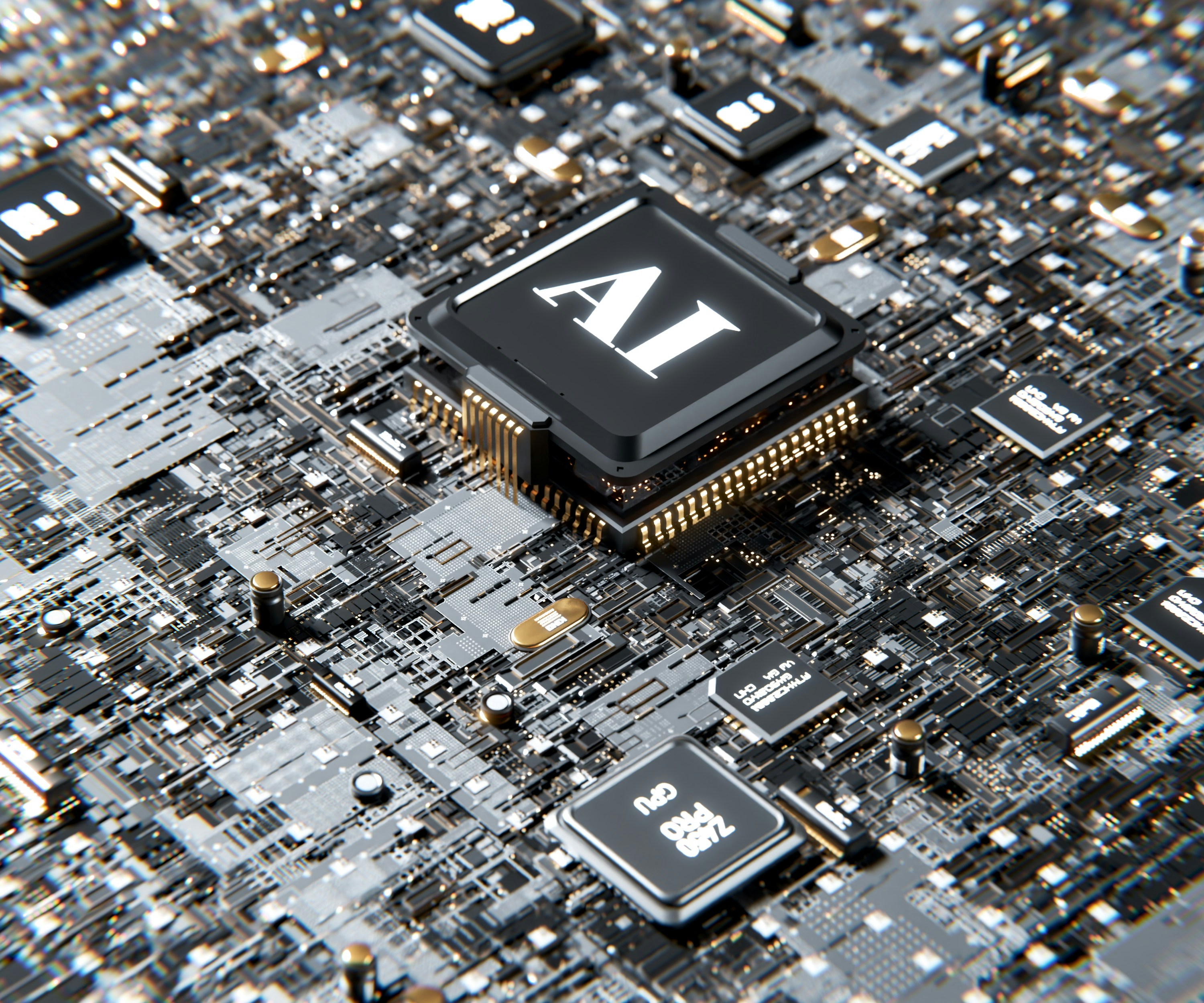The AI landscape in 2025 is flooded with potential and false starts.
Across industries, companies have launched initiatives with high hopes. But many stall before they ever deliver real value.
The pattern is consistent: early excitement, a flashy demo, and then… nothing. The model can’t scale. The results aren’t consistent. The data isn’t usable. The project dies quietly.
And this pattern is accelerating.
This year, S&P Global reports that 42% of companies have shut down the majority of their AI initiatives—nearly triple the rate from the year before. MIT adds another layer: 95% of generative AI pilots fail to exit the testing phase.
These aren’t growing pains. They’re signs of a deeper design flaw.
What’s going wrong?
At apHarmony, we’ve helped clients recover and rebuild after these stumbles.
The core problem is that most AI projects fail because they aren’t designed with operational realities in mind.
If you want AI to work at the heart of your business, you need to architect it like infrastructure.
Retrieval-Augmented Generation (RAG)
That begins with Retrieval-Augmented Generation (RAG).
Instead of trying to embed all your knowledge into the model—which becomes brittle and outdated—you keep your source of truth in structured documents, databases, and wikis. The model retrieves information as needed. It doesn’t “know” your policy—it looks it up.
Once that layer is in place, the next step is action. You don’t want AI that just talks. You want it to do things.
Model Context Protocol (MCP)
That’s where Model Context Protocol (MCP) comes in. MCP lets the AI interact with your systems—pulling real-time order data, escalating tickets, or updating records—with transparency and control.
Finally, when your use case demands structured outputs or branded voice, fine-tuning locks it in. You don’t re-train the model every week—you use RAG for changing facts, and fine-tuning for behaviors that need to stay fixed.
This layered approach is not only more resilient—it’s safer, more maintainable, and more scalable. It’s also the only path we’ve seen that reliably leads to production success. And it works.
We’ve built systems where frontline staff ask questions in plain language and get answers sourced directly from their documentation.
Where AI reads incoming forms and routes them instantly. Where dashboards don’t just report problems—they recommend next steps.
The best AI projects don’t start with the flashiest ideas. They start with the most useful ones.
Stay Connected
apHarmony is a custom software development company in the suburbs of Chicago, Illinois with over a decade of experience and ISO 9001 certification.
We use technology to help companies streamline complex workflows, modernize legacy systems, and integrate AI-driven tools that deliver measurable business results.
Whether you have a project in mind or not sure where to start implementing technology, give us a call at 630-855-7522.
Follow Us
View Our Services
Follow us on Instagram
Connect with us on LinkedIn
Our Facebook Page
Subscribe to YouTube










